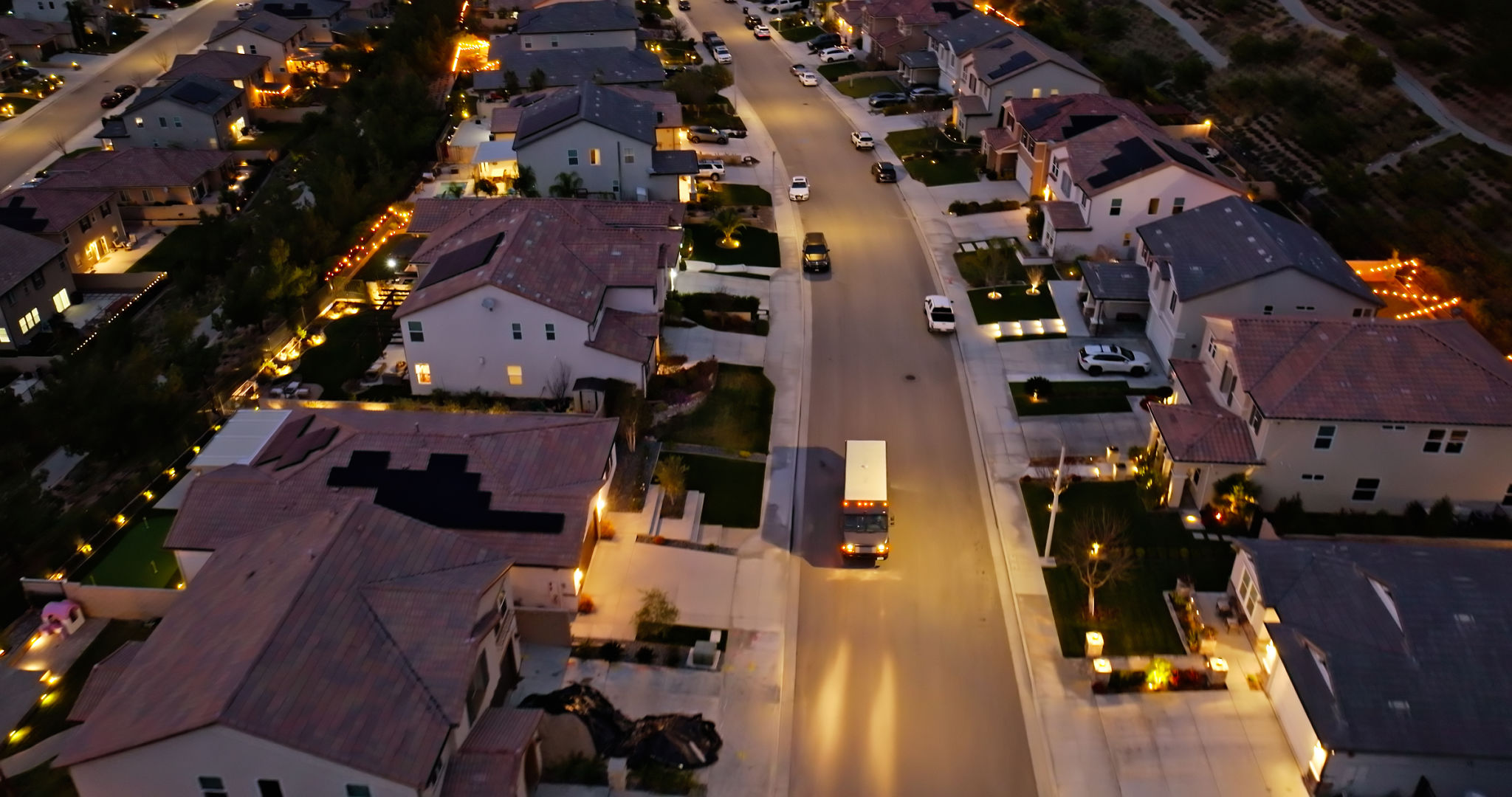Expert Tips on Plumbing and Electrical Integration for Energy-Efficient Homes
Understanding the Basics of Plumbing and Electrical Integration
In the realm of energy-efficient homes, the integration of plumbing and electrical systems plays a pivotal role. By ensuring these systems work harmoniously, homeowners can significantly reduce energy consumption and enhance the overall efficiency of their homes. The key is to adopt innovative technologies and smart design principles that align with the goal of energy conservation.
For successful integration, it’s essential to understand the fundamental connections between plumbing and electrical systems. For instance, the installation of energy-efficient water heaters and pumps can drastically reduce electricity usage. Furthermore, incorporating smart technologies like automated leak detectors and energy-efficient lighting can complement these systems beautifully.

Optimizing Water Heating Systems
Water heating is one of the major contributors to household energy usage. To optimize this aspect, consider the installation of a tankless water heater. These systems heat water on demand, eliminating the need for a storage tank and reducing energy consumption by up to 30%. Additionally, integrating solar water heating systems can further enhance efficiency by utilizing renewable energy sources.
Another effective approach is insulating your water pipes. This simple yet effective technique helps maintain the temperature of hot water within the pipes, reducing the amount of energy needed to reheat water. Proper insulation also minimizes heat loss, which is particularly beneficial in colder climates.
Smart Electrical Solutions for Energy Efficiency
Incorporating smart electrical solutions is another crucial step in achieving an energy-efficient home. Start by installing LED lighting throughout your home. LEDs use significantly less electricity than traditional incandescent bulbs and have a much longer lifespan. Pairing these with dimmer switches and motion sensors can lead to further energy savings.

Investing in a smart thermostat is another excellent choice. These devices allow you to control your home's heating and cooling systems remotely, ensuring that energy is not wasted when you're not at home. By programming your thermostat based on your daily routine, you can optimize energy usage and reduce utility bills.
Integrating Renewable Energy Sources
To take your home's energy efficiency to the next level, consider integrating renewable energy sources such as solar panels or wind turbines. Solar panels can be used to power both electrical and heating systems, significantly reducing reliance on non-renewable energy sources. When integrated with energy storage solutions like batteries, solar power can provide a consistent and reliable energy supply.
When planning your electrical wiring for renewable systems, ensure that it is designed to accommodate future expansion. This foresight allows for easy upgrades as technology advances and additional renewable options become available.

Collaboration with Professionals
Achieving seamless plumbing and electrical integration requires collaboration with experienced professionals. Hiring certified electricians and plumbers ensures that all installations are performed safely and efficiently. Professionals possess the technical knowledge necessary to navigate complex integration challenges, ensuring compliance with local codes and standards.
Additionally, professionals can provide valuable advice on selecting the most suitable technologies and products for your specific needs, helping you make informed decisions that align with your budget and sustainability goals.
The Future of Energy-Efficient Homes
The future of energy-efficient homes looks promising as more homeowners embrace sustainable living practices. Innovations in plumbing and electrical integration continue to evolve, offering exciting possibilities for even greater energy savings. By staying informed about the latest advancements and adopting a proactive approach to home improvements, homeowners can play a significant role in building a more sustainable future.
In conclusion, integrating plumbing and electrical systems for energy-efficient homes requires careful planning and the implementation of smart technologies. By following these expert tips, you can create a home that not only reduces environmental impact but also enhances comfort and lowers utility costs.
